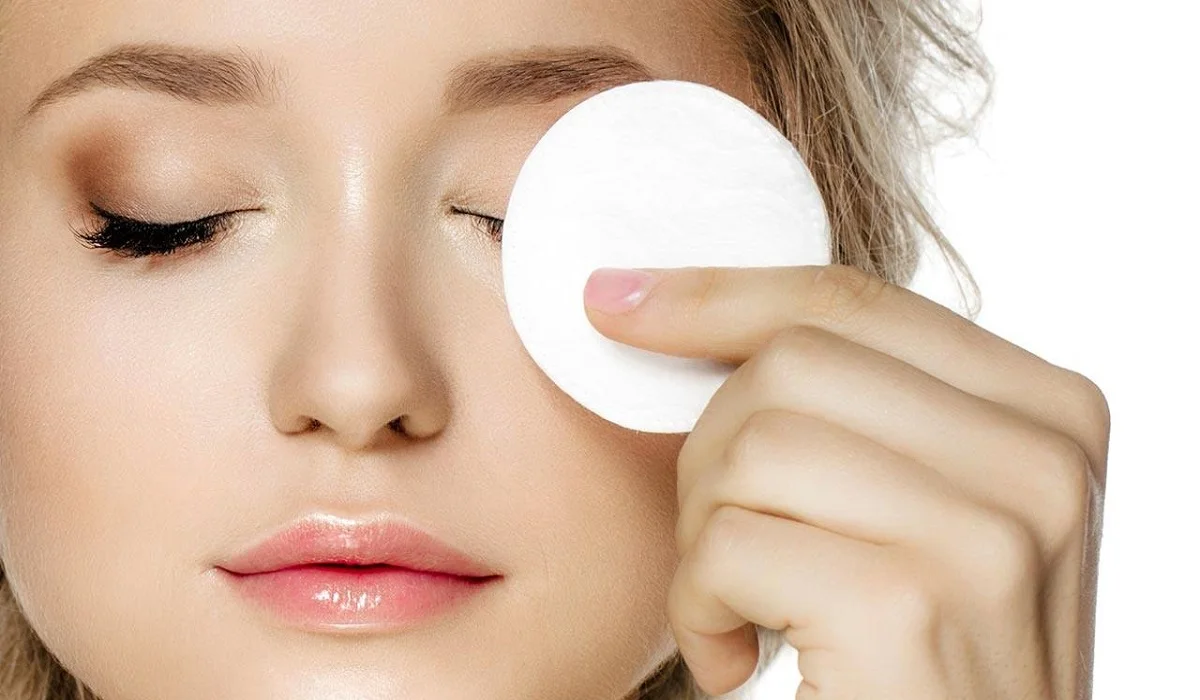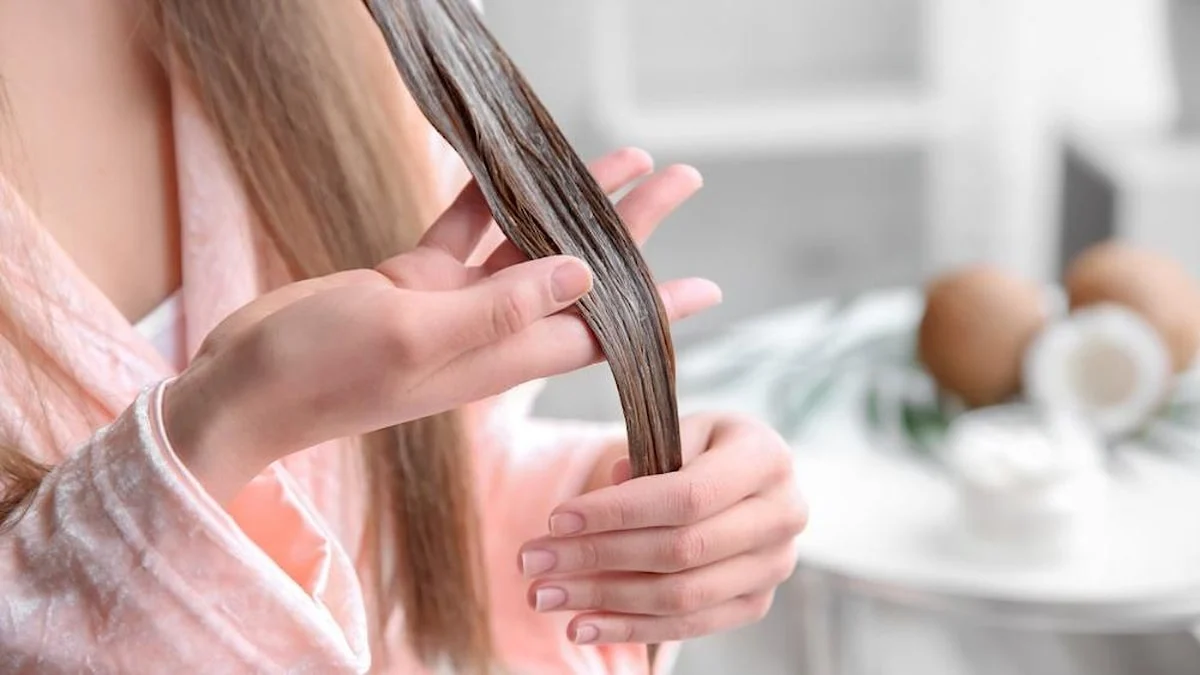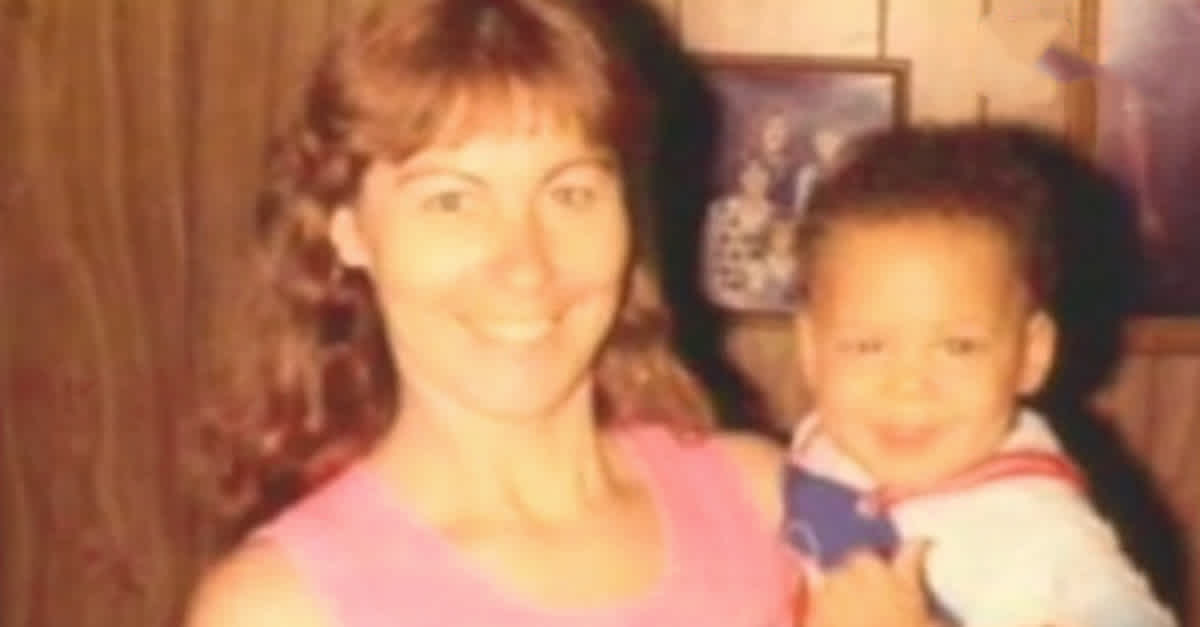
For individuals with allergies, maintaining a skincare routine that caters to their specific needs is crucial. Allergic reactions can range from mild irritation to more severe symptoms, making it essential to be mindful of the products and ingredients used on the skin. In this article, we will explore the key considerations for people with allergies when it comes to skincare. From understanding common allergens to identifying hypoallergenic products and adopting a gentle skincare routine, we will provide valuable insights to help you nurture your sensitive skin and minimize the risk of adverse reactions.
Know Your Allergens:
The first step in managing allergies is to identify the substances that trigger your reactions. Common allergens in skincare products include fragrances, preservatives, dyes, certain plant extracts, and ingredients derived from nuts or gluten. Keep a record of the products that have caused reactions in the past, and consult with a dermatologist or allergist to determine specific allergens to avoid.
Read Ingredient Labels:
When selecting skincare products, it’s crucial to read and understand the ingredient labels. Look for products that clearly list their ingredients, and familiarize yourself with potential allergens. Avoid products that contain known allergens or substances that you have reacted to in the past. Opt for products labeled as hypoallergenic or suitable for sensitive skin, as they are formulated to minimize the risk of triggering allergic reactions.
Patch Test New Products:
Before incorporating a new skincare product into your routine, perform a patch test. Apply a small amount of the product to a small area of your skin, such as the inner forearm, and observe for any signs of irritation or allergic reactions over the next 24 to 48 hours. If redness, itching, or swelling occurs, refrain from using the product on your face or body.

Choose Hypoallergenic Products:
Hypoallergenic products are formulated to minimize the risk of causing allergic reactions. Look for products that are specifically labeled as hypoallergenic, as they are typically free from common allergens and undergo rigorous testing to ensure their safety. These products are designed to be gentle on sensitive skin and reduce the likelihood of triggering an allergic response.
Avoid Fragrances and Irritants:
Fragrances are a common allergen and can be found in many skincare products. Opt for fragrance-free or unscented products, as they are less likely to cause allergic reactions. Additionally, avoid skincare products that contain known irritants such as alcohol, sulfates, parabens, and harsh chemical ingredients. These substances can strip the skin of its natural moisture barrier and increase the risk of sensitivity and irritation.
Moisturize Regularly:
Keeping the skin well-hydrated is essential for individuals with allergies. Moisturizers help maintain the skin’s moisture barrier, preventing dryness and minimizing the risk of irritation. Choose gentle, fragrance-free moisturizers that are formulated for sensitive skin. Look for products that contain hydrating ingredients such as hyaluronic acid, ceramides, and natural oils to nourish and protect your skin.
Adopt a Gentle Skincare Routine:
Simplicity is key when it comes to skincare for allergy-prone skin. Avoid using multiple products with complex ingredient lists, as this increases the likelihood of encountering allergens. Opt for a gentle cleanser that is free from harsh detergents and chemicals, and follow with a mild toner and moisturizer. Stick to a routine that involves minimal products to reduce the risk of irritation and simplify your skincare regimen.
Be Cautious with Exfoliation:
Exfoliating the skin can help remove dead skin cells and promote a healthy complexion. However, individuals with allergies should approach exfoliation with caution. Avoid harsh physical scrubs that can cause micro-tears in the skin and potentially trigger reactions. Instead, opt for gentle chemical exfoliants that contain alpha-hydroxy acids (AHAs) or beta-hydroxy acids (BHAs) in lower concentrations. Start with a patch test and gradually introduce exfoliation into your routine to assess your skin’s tolerance.
Sun Protection is Essential:
Protecting your skin from the sun’s harmful UV rays is crucial for everyone, especially for individuals with allergies. Sunburn can exacerbate existing skin conditions and lead to increased sensitivity. Use a broad-spectrum sunscreen with a minimum SPF of 30 and opt for physical sunscreens that contain zinc oxide or titanium dioxide, as these are less likely to cause irritation.
Consult a Dermatologist:
If you have persistent or severe allergies, it’s advisable to consult a dermatologist or allergist. They can help identify specific triggers and provide personalized recommendations for skincare products that suit your needs. Additionally, they can offer guidance on managing allergic reactions, prescribing medicated creams or ointments, and providing professional advice on skincare routines tailored to your sensitive skin.
Navigating skincare with allergies requires careful consideration and attention to detail. By understanding your allergens, reading ingredient labels, and choosing hypoallergenic and fragrance-free products, you can minimize the risk of allergic reactions and irritation. Adopting a gentle skincare routine, moisturizing regularly, and practicing sun protection are vital for nurturing sensitive skin. If allergies persist or worsen, consulting a dermatologist or allergist can provide further guidance and support. With proper care and an allergen-aware approach, you can maintain healthy, radiant skin while managing your allergies effectively.








